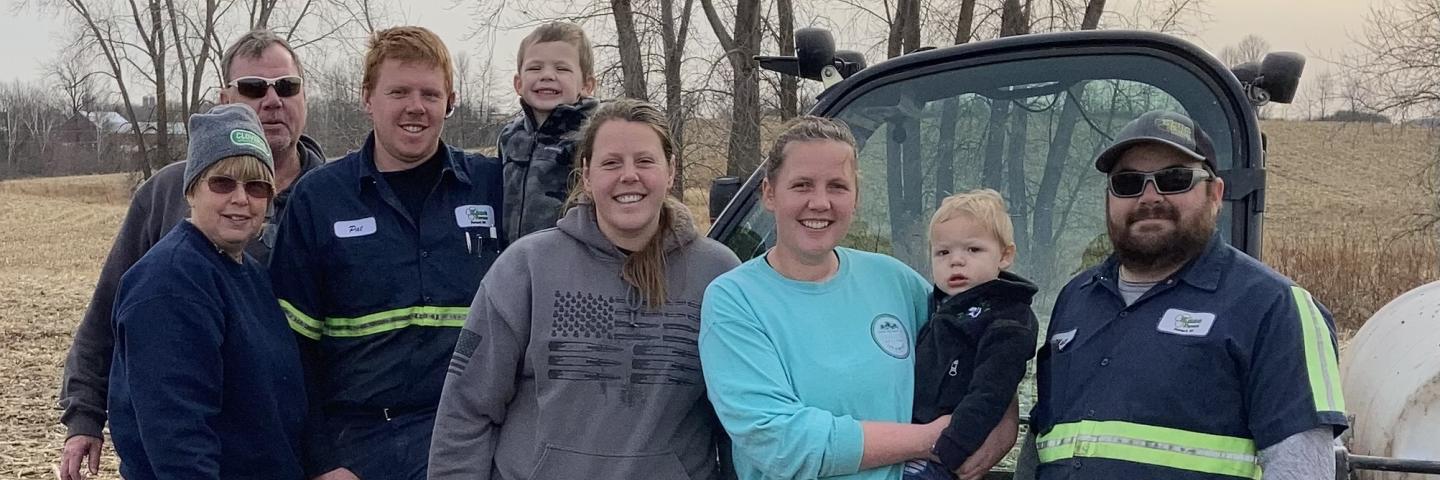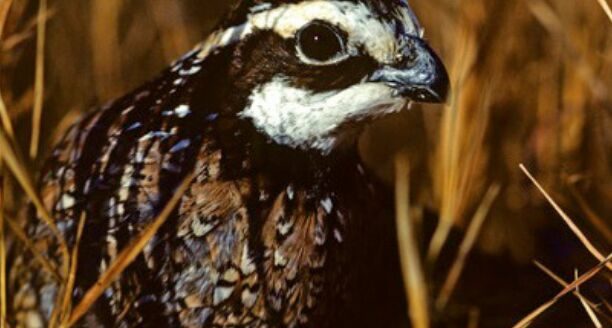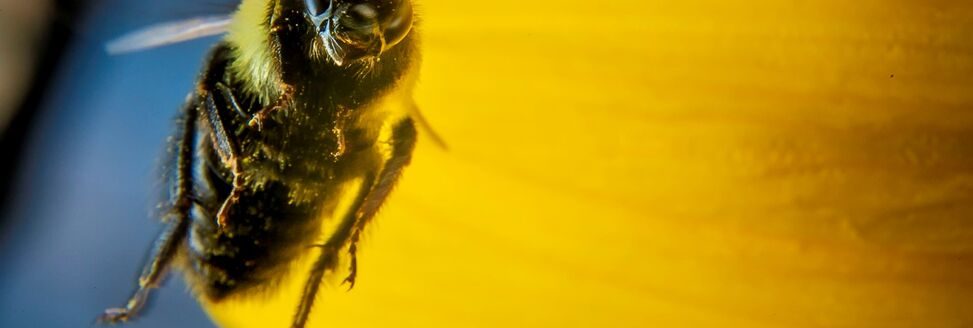Instilled with commitment to land stewardship, the next generation of Kane Dairy farmers set out to take their parent’s vision for helping the family land reach new conservation levels with financial and technical assistance from NRCS programs.
Background
Kane Dairy LLC in Denmark, Wisconsin is well-known in Brown County for their progressive conservation practices. Tim Kane and his wife, Carla, bought the Kane family farm from Tim’s dad in 1988 and have since implemented many conservation practices on their ever-growing operation. The 3000-acre dairy and grain operation support nearly 900 head of dairy cattle and hosts local producers for demonstrations showcasing the viability of their conservation practices. Over the past decade, Kane Dairy has become almost entirely a no-till operation and have led the way in their community with new agronomic technologies that improve soil and water quality in Brown County. The implementation of conservation has become a family tradition as Tim and Carla’s three children, Pat, Rachel, and Jennifer, have become more involved in the day-to-day operation of Kane Dairy.
Highlights
After taking over as the new owner and farm manager of Kane Dairy, Tim set out to improve local water quality and reduce soil erosion on the farm by ditching the moldboard plow. As the dairy farm expanded, Tim looked to the U.S. Department of Agriculture (USDA) Natural Resources Conservation Service (NRCS) for assistance with advancing his operation’s nutrient management through the Environmental Quality Incentive Program (EQIP). Through EQIP financial assistance, Tim installed waste storage facilities to alleviate winter spreading on frozen and saturated soils. Tim also utilized the Conservation Stewardship Program (CSP) to help him maximize his conservation efforts by working with a technical expert to assess the best times and rates for application. “These programs have helped to improve the nutrient use efficiency for my crops and reduced the risk of manure runoff into streams, creating both economic and environmental wins for the farm and neighbors,” said Tim.
As the next generation carried on their parents’ tradition of conservation-minded agriculture practices, Pat, Rachel, and Jennifer added the “LLC” to Kane Dairy, instilled with Tim’s commitment to land stewardship. They utilized NRCS programs to pursue newer conservation management strategies on the farm, and with the assistance of EQIP and NRCS conservationists, Kane Dairy LLC made the step to no-till farming and cover crop planting in 2018. That first year was a rough start to planting as one of the wettest years on record in Brown County, but because they only needed to utilize a vertical tillage pass to facilitate planting, by 2022 they had successfully planted over 1000 acres of their farmland with cover crops. “This has become the trend in the area. As producers implement more cover crops, reducing tillage and having a successful cash crop becomes easier with the resiliency built into our soils. We often see the benefits of these practices implemented together showing quick improvements of trafficability, drought resistance, increased soil organic matter and a reduction in weed pressure,” said NRCS Soil Conservationist, Myles Elsen.
Future Plans
Kane Dairy LLC has recently received funding through EQIP to implement a leachate collection system to capture the wastewater from their feedpad, instead of allowing it to runoff into the nearby field and surface waters. They store the wastewater to use during warmer months of the year when the soil isn’t frozen and vulnerable to increased runoff. They have also implemented a CSP enhancement Nutrient Management conservation practice that utilizes precision technology during nutrient application by providing precise, real-time location information in-cab or via GPS-enabled device that allows the equipment operator to manually turn off or steer equipment to avoid applying nutrients in critical or sensitive areas. Pat, Rachel, Jennifer, and their parents are excited to see the results of conservation practices thus far and where they can go next as their family operation and conservation legacy continues to grow.




